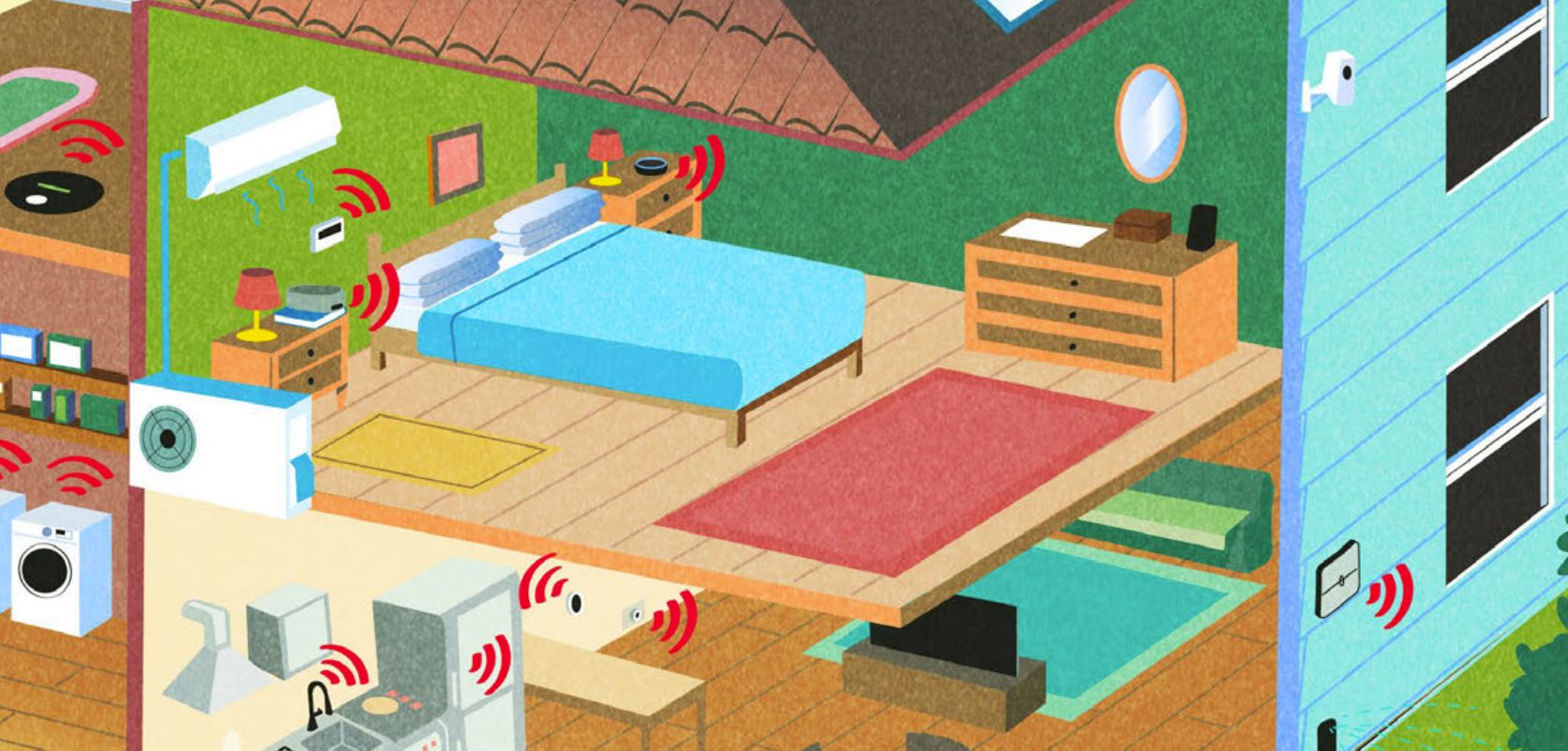A Tech Bubble? What Tech Bubble?
Today’s social networking is far different from the dot-com craze that blew up in 2000.
Sky-high valuations for social media companies don’t signal a bubble in the tech industry à la the dot-com bubble, which burst in 2000.
Although some analysts see similarities between the two eras, the massive worth assigned to such private firms as Facebook, Twitter, Groupon and Zinga, is not, on its own, a sign of trouble ahead.
There are many differences between then and now.

Sign up for Kiplinger’s Free E-Newsletters
Profit and prosper with the best of expert advice on investing, taxes, retirement, personal finance and more - straight to your e-mail.
Profit and prosper with the best of expert advice - straight to your e-mail.
For starters, the newer firms are on fairly firm financial footing. Facebook, linking 600 million people around the world, and Groupon, a mass coupon provider, are said to have annual revenue in excess of $1 billion each. The average for all tech firms going public in 2010 was $300 million. That’s more than double the average of $120 million in revenue for similar firms at the height of the dot-com boom.
During the dot-com bubble, valuations for public and private companies (most social networking companies are still private) were about equal, but today valuations for social networking companies are below the valuation multiples for public companies such as Google. In the late 1990s, valuation multiples were more than ten times higher than today.
Today’s younger companies are in no rush to go public, unlike earlier firms that rushed to sell shares, bringing many inexperienced investors into the picture.
A driver of a bubble is the oversupply of venture capital in the market, which isn’t the case now. Between 1998 and 2000, venture capital firms raised as much as $200 billion, equal to 0.55% of GDP -- more than in the previous 18 years combined. More recently, between 2008 and 2010, venture capitalists raised just $55 billion, or 0.12% of GDP.
Instead of issuing an initial public offering this year, Facebook, for example, raised $5 billion through a financing vehicle managed by Goldman Sachs, which attracted many savvy investors.
Moreover, the explosion in Web usage helps to keep today’s online sites profitable and growing.
Although expectations were high for the Internet during the dot-com bubble, the reality was not there. The consumer Internet market 10 or so years ago totaled 55 million people -- compared with 2 billion today -- and half of them were on dial-up connections, making for slow and cumbersome Web use. Expectations outstripped the reality. Today consumer bandwidth is 100 times what it was then, thanks to DSL, cable modems and high speed wireless.
Plus changes in technology have at the same time made it easier to start companies and have created huge new markets for those start-ups.
In the late 1990s start-ups spent quite a lot on office space, servers and equipment. Today, much of the infrastructure is in the “cloud” -- on servers maintained by other companies -- allowing entrepreneurs to focus more on the product than on building an infrastructure to support that product.
Furthermore, the move to cloud computing and mobile applications is opening up whole new areas of applications for today’s start-ups.
Get Kiplinger Today newsletter — free
Profit and prosper with the best of Kiplinger's advice on investing, taxes, retirement, personal finance and much more. Delivered daily. Enter your email in the box and click Sign Me Up.
-
 Stock Market Today: Stocks Gain on Tech, Auto Tariff Talk
Stock Market Today: Stocks Gain on Tech, Auto Tariff TalkThe Trump administration said late Friday that it will temporarily halt tariffs on some Chinese tech imports.
By Karee Venema
-
 Sam's Club Plans Aggressive Expansion: Discover Its New Locations
Sam's Club Plans Aggressive Expansion: Discover Its New LocationsSam's Club expansion plans will open up to 15 new stores each year. Learn where they plan to open in 2025.
By Sean Jackson
-
 The 27 Best Smart Home Devices
The 27 Best Smart Home Devicesgadgets Innovations ranging from voice-activated faucets to robotic lawn mowers can easily boost your home’s IQ—and create more free time for you.
By Daniel Bortz
-
 How to Choose the Right Payment App
How to Choose the Right Payment Appbanking Using PayPal, Venmo, Zelle and other apps is convenient, but there are pros and cons to each.
By Lisa Gerstner
-
 Shop for a New Wireless Plan and Save Big
Shop for a New Wireless Plan and Save BigSmart Buying Competition is fierce, and carriers are dangling free phones and streaming subscriptions.
By Rivan V. Stinson
-
 Watch Out for Job Listing Fraud
Watch Out for Job Listing FraudScams If one of your New Year’s resolutions is to find new employment in 2022, be on guard against job-listing scams.
By Emma Patch
-
 Virtual Numbers Add Security to Credit Card Shopping
Virtual Numbers Add Security to Credit Card ShoppingTechnology Some mobile wallets offer this feature, which randomly generates virtual digits that are linked to your credit card.
By Rivan V. Stinson
-
 Our Best Value Tech Holiday Gifts for 2021 (Plus the Best, Period)
Our Best Value Tech Holiday Gifts for 2021 (Plus the Best, Period)Technology We'll help you find the perfect electronic stocking-stuffer with our annual holiday season gift guide.
By Brad Moon
-
 Say Goodbye to 3G Phone Service
Say Goodbye to 3G Phone ServiceTechnology Providers are hanging up on 3G. While 5G promises better and faster service, you need new devices to take advantage of it.
By John Miley
-
 New Products Apple Could Release This Fall
New Products Apple Could Release This FallTechnology Here’s what we think Apple is going to announce at its Sept. 14 event, from sure bets like the iPhone 13 to longshots like an all-new MacBook Air.
By Brad Moon